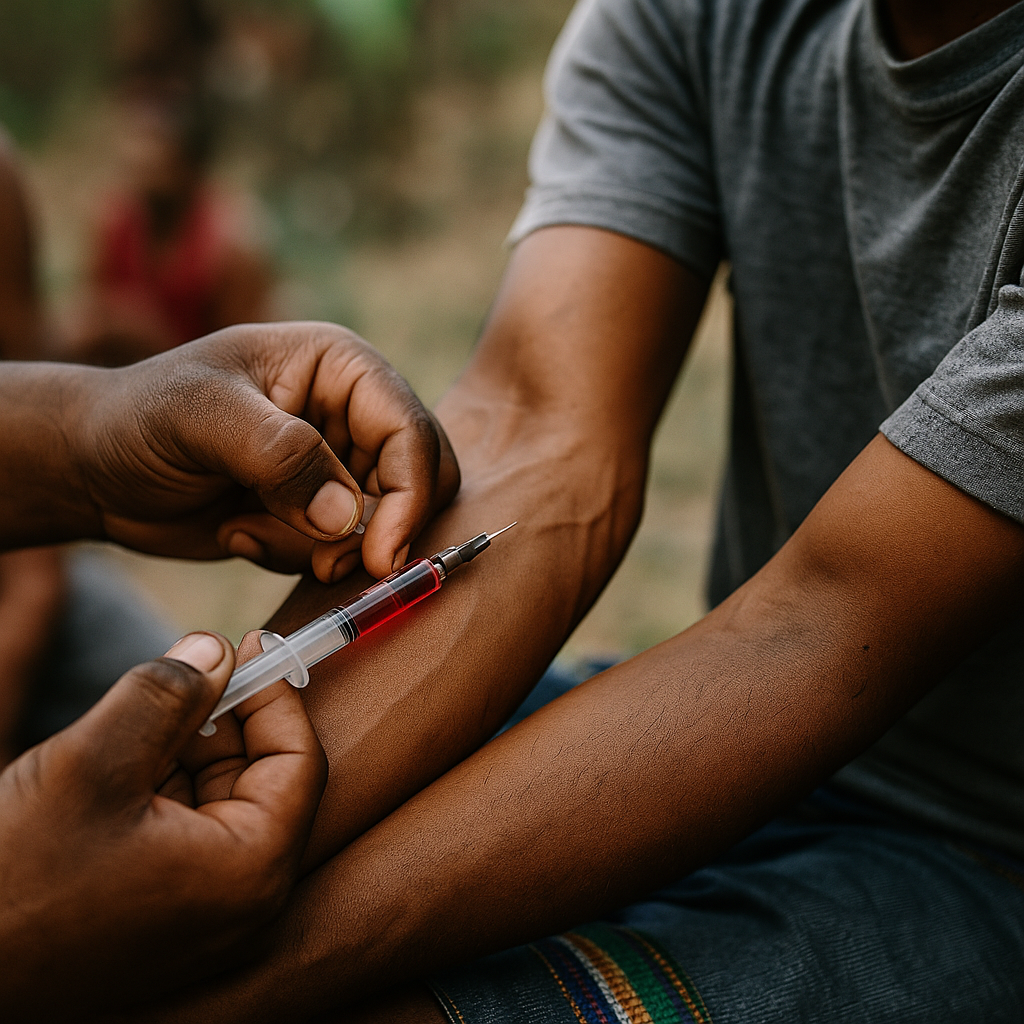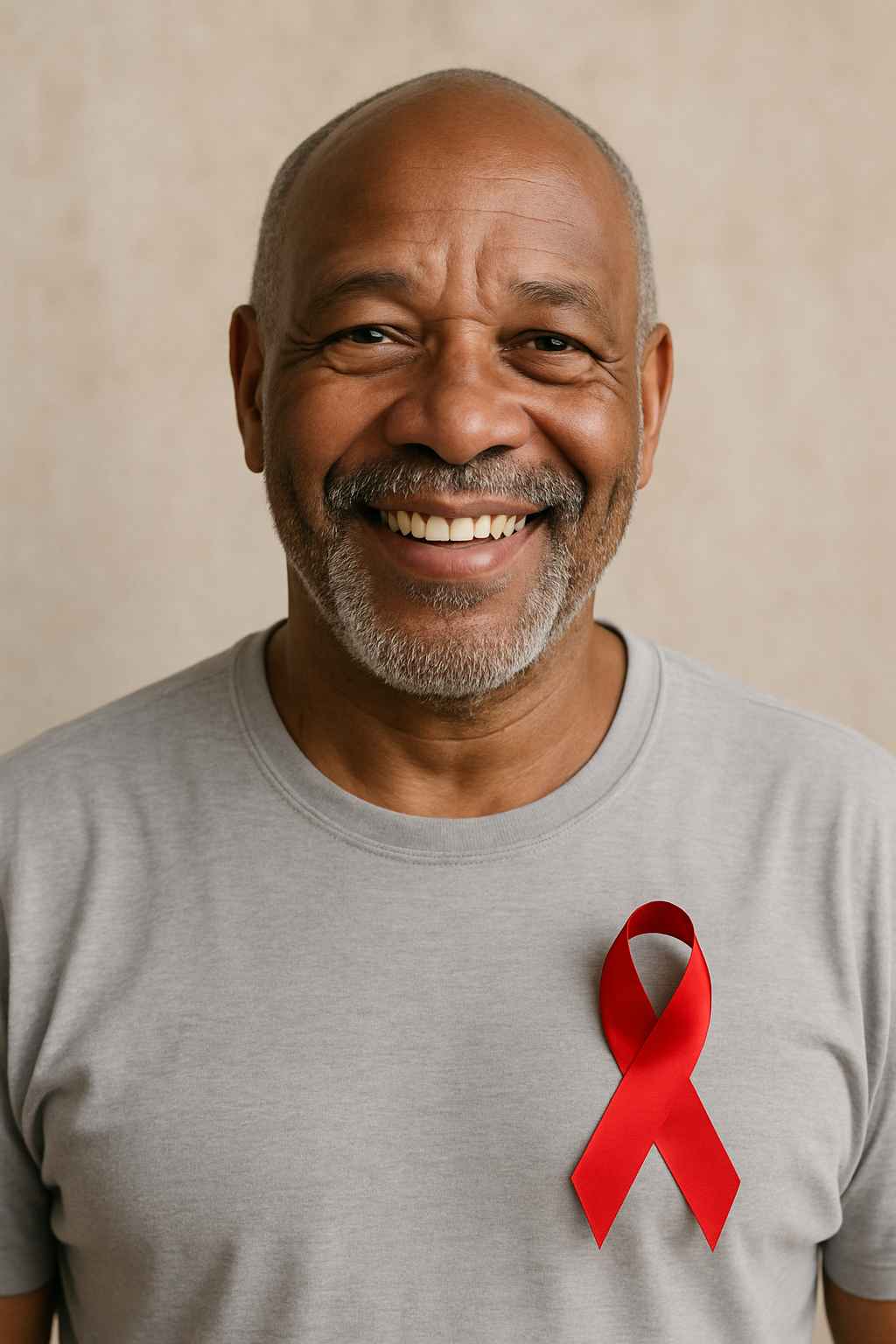
Imagine fighting a wildfire with fewer hoses, less water, and shrinking teams on the ground. Now, apply that analogy to the global battle against HIV/AIDS. In 2025, the world is seeing a concerning rollback in foreign aid contributions—an alarming trend that threatens decades of progress in curbing the Aids pandemic.
Foreign aid has long been the backbone of international HIV prevention, testing, treatment access, and community outreach programs, particularly in low- and middle-income countries. With funding reductions now taking hold across the U.S., U.K., and other major donors, global health leaders are warning of serious setbacks in the fight against HIV/AIDS. These cuts are not just numbers on a spreadsheet—they represent a real threat to people’s lives.
This article breaks down the consequences of reduced foreign aid for the Aids pandemic, where the most vulnerable populations will feel the pinch, and what can still be done to mitigate the damage.
Table of Contents
- The Vital Role of Foreign Aid in HIV/AIDS Progress
- Impacts of Aid Reductions on High-Burden Regions
- Consequences for Prevention, Treatment, and Testing
- Strategies to Sustain Global HIV Response
- Conclusion and Call to Action
- FAQs
The Vital Role of Foreign Aid in HIV/AIDS Progress
Foreign aid is more than charitable giving—it has served as a strategic investment in global health security. Since the early 2000s, programs like PEPFAR (President’s Emergency Plan for AIDS Relief) and the Global Fund have transformed the trajectory of the Aids pandemic, especially in Sub-Saharan Africa. Millions of people have received antiretroviral therapy (ART), drastically lowering mortality rates and reducing new infections.
These global efforts helped stabilize fragile health systems, strengthen laboratory infrastructure, and improve HIV education in communities lacking resources. Importantly, international aid ensured access to branded treatments such as Truvada, Biktarvy, and Descovy, all of which require consistent funding for distribution in underserved areas.
With many countries still lacking the budgetary strength to independently sustain HIV programs, foreign assistance fills a critical gap. It supports everything from medication shipments to healthcare worker training. Any disruption in this ecosystem places lives at risk.
Impacts of Aid Reductions on High-Burden Regions
As donor nations reduce their HIV-related funding commitments, countries with the highest HIV prevalence stand to suffer the most. Regions like Eastern and Southern Africa account for more than half of global HIV cases. Unfortunately, many of these nations rely heavily on international grants to support diagnostics, ART distribution, and community outreach.
Without sustained foreign aid, clinics may face shortages of life-saving medications. HIV testing services could be reduced or eliminated. Furthermore, local NGOs and community-based organizations—often the first point of contact for vulnerable populations—may be forced to shut down.
For key populations such as sex workers, LGBTQ+ individuals, and intravenous drug users, this funding rollback translates into less support, fewer prevention options, and greater stigma. These groups already face higher barriers to care, and any additional cuts worsen health disparities.
According to UNAIDS, even a 10% drop in global HIV funding could lead to hundreds of thousands of preventable deaths and new infections annually. These are not distant figures—they reflect human lives and the collective health of communities across the globe.
Consequences for Prevention, Treatment, and Testing
Reduced foreign aid has a domino effect. When one part of the HIV care continuum falters, the entire system begins to collapse. Prevention, testing, and treatment—each relies on coordinated funding and outreach.
Programs providing pre-exposure prophylaxis (PrEP) such as Truvada and Descovy are particularly vulnerable. These medications are highly effective at preventing HIV transmission but are expensive and require sustained donor support to remain accessible to high-risk populations. Without subsidies, uptake declines.
In terms of diagnostics, rapid testing availability will decline in rural and remote areas first. That’s often where outreach workers funded by global aid programs distribute HIV self-testing kits or conduct home visits. With fewer boots on the ground, fewer people will get tested—and undiagnosed HIV cases will rise.
Additionally, inconsistent funding means potential stockouts of ART drugs. Interruptions in treatment can lead to drug resistance, viral rebound, and increased transmission rates. For patients who depend on uninterrupted therapy to maintain undetectable viral loads, this disruption can be catastrophic.
Moreover, public education campaigns—essential for raising awareness and fighting stigma—may be scaled back. Without continued outreach, myths and misinformation could surge, reversing years of community engagement and behavioral change efforts.
If you are seeking additional educational resources or peer support, Health.HealingWell.com hosts forums and guidance for those navigating HIV care and treatment.
Strategies to Sustain Global HIV Response
Despite the alarming funding trends, there are paths forward. Governments, NGOs, and the private sector must act collaboratively to minimize the fallout from shrinking foreign aid. This will require bold thinking and smarter resource allocation.
One key strategy is to enhance domestic funding mechanisms in recipient countries. While not all nations can fully replace foreign aid, many can be encouraged to increase their own health budgets or invest in tax-based revenue systems for healthcare.
Next, global partnerships with pharmaceutical companies must be expanded. Drug pricing negotiations, voluntary licensing agreements, and expanded access programs can keep branded antiretrovirals and PrEP within reach. For instance, tiered pricing and generic licensing in low-income countries can maintain treatment continuity without reliance solely on donor funds.
Innovative financing models such as health bonds and pooled procurement platforms can also drive efficiencies. Additionally, leveraging technology for telehealth, mobile testing, and digital education campaigns offers lower-cost solutions for continuity of care.
Lastly, sustained advocacy is critical. Public pressure can influence donor governments to prioritize global health in budget allocations. Encouraging private philanthropy and engaging influential voices within civil society may also generate new streams of support.
Those seeking professional care or guidance in navigating treatment options can use provider directories available on Healthcare.pro.
Conclusion and Call to Action
The Aids pandemic is far from over. Progress has been substantial, but it remains fragile—especially in the face of reduced foreign aid. Every cut made in donor funding has downstream consequences for millions of lives worldwide.
While the global health community explores ways to close the funding gap, time is not on our side. Prevention programs are being shuttered, ART access is threatened, and at-risk communities are losing critical support. If we allow complacency or budget politics to dictate our response, the world could see a resurgence in HIV transmission and mortality.
Now more than ever, a collective and coordinated effort is essential. The solution lies not only in restoring aid but in building sustainable models that ensure no one is left behind in the fight against HIV/AIDS.
FAQs
How does foreign aid support the global fight against AIDS?
Foreign aid funds HIV testing, treatment, prevention, and community outreach programs—particularly in low-income and high-prevalence regions.
What are the risks of reducing foreign aid for HIV programs?
Reduced aid could lead to medication shortages, fewer testing services, increased transmission, and preventable deaths.
Are there alternatives to foreign aid for HIV funding?
Yes. Domestic health budgets, private sector partnerships, generic licensing, and innovative financing models can help bridge funding gaps.
Which populations are most at risk from funding cuts?
Key populations including sex workers, LGBTQ+ individuals, and people living in rural areas are most vulnerable to service disruptions.
Where can I find more support or medical guidance?
You can explore educational resources and patient forums at Health.HealingWell.com, or find care providers via Healthcare.pro.
Disclaimer:
This content is not medical advice. For any health issues, always consult a healthcare professional. In an emergency, call 911 or your local emergency services.



